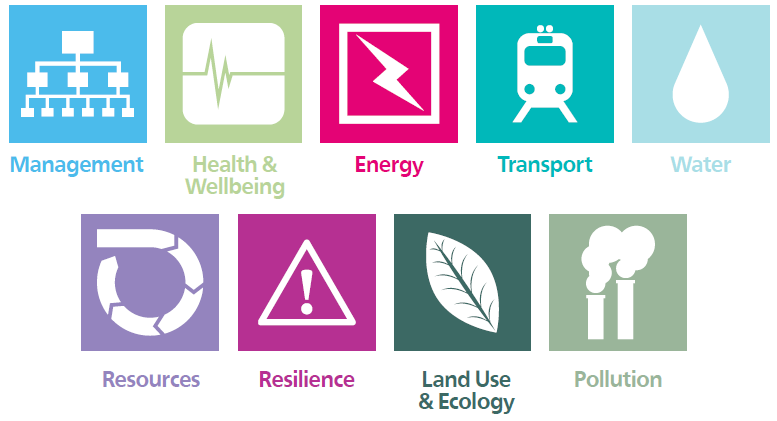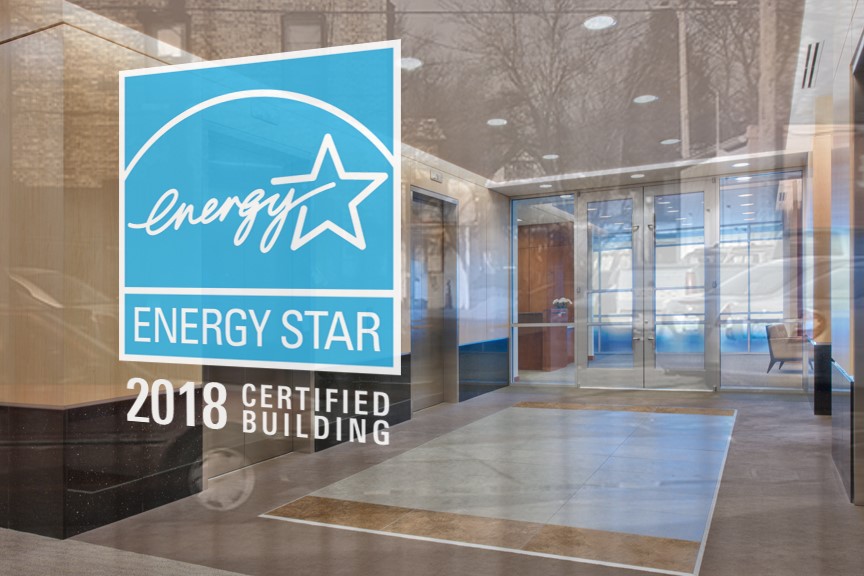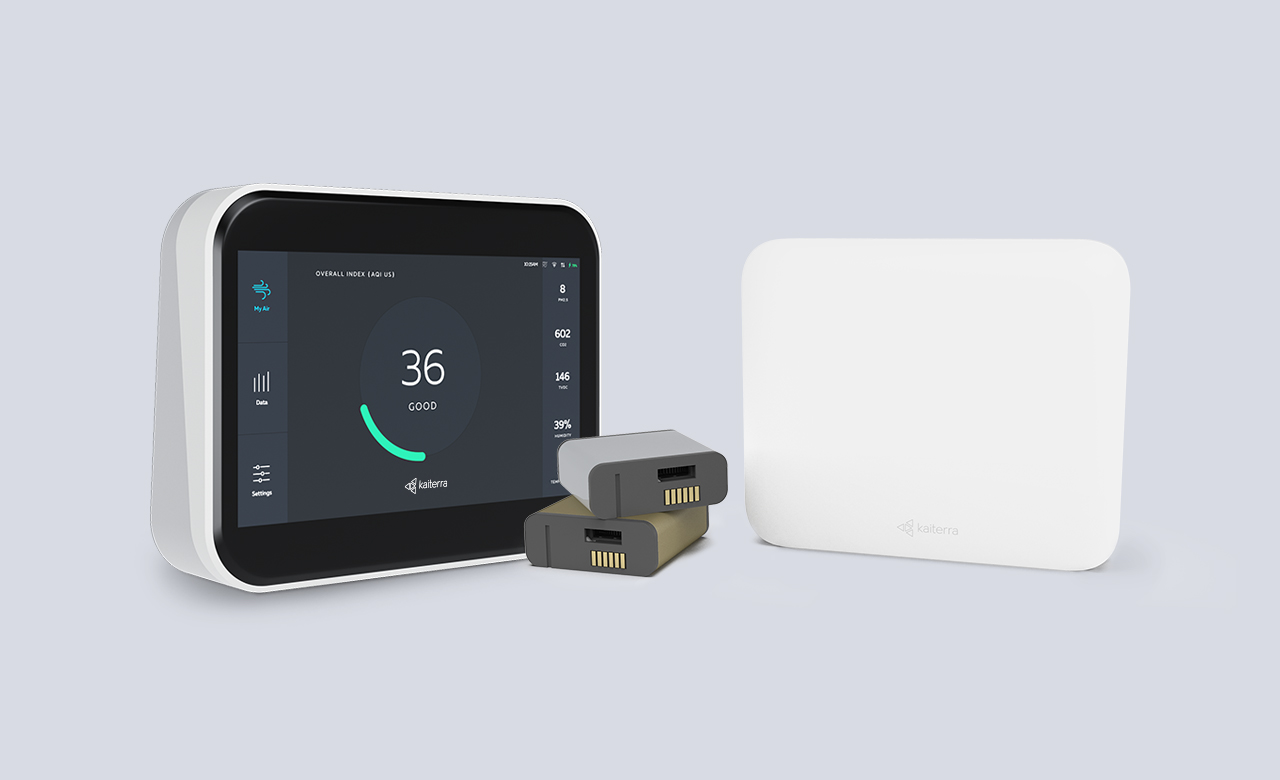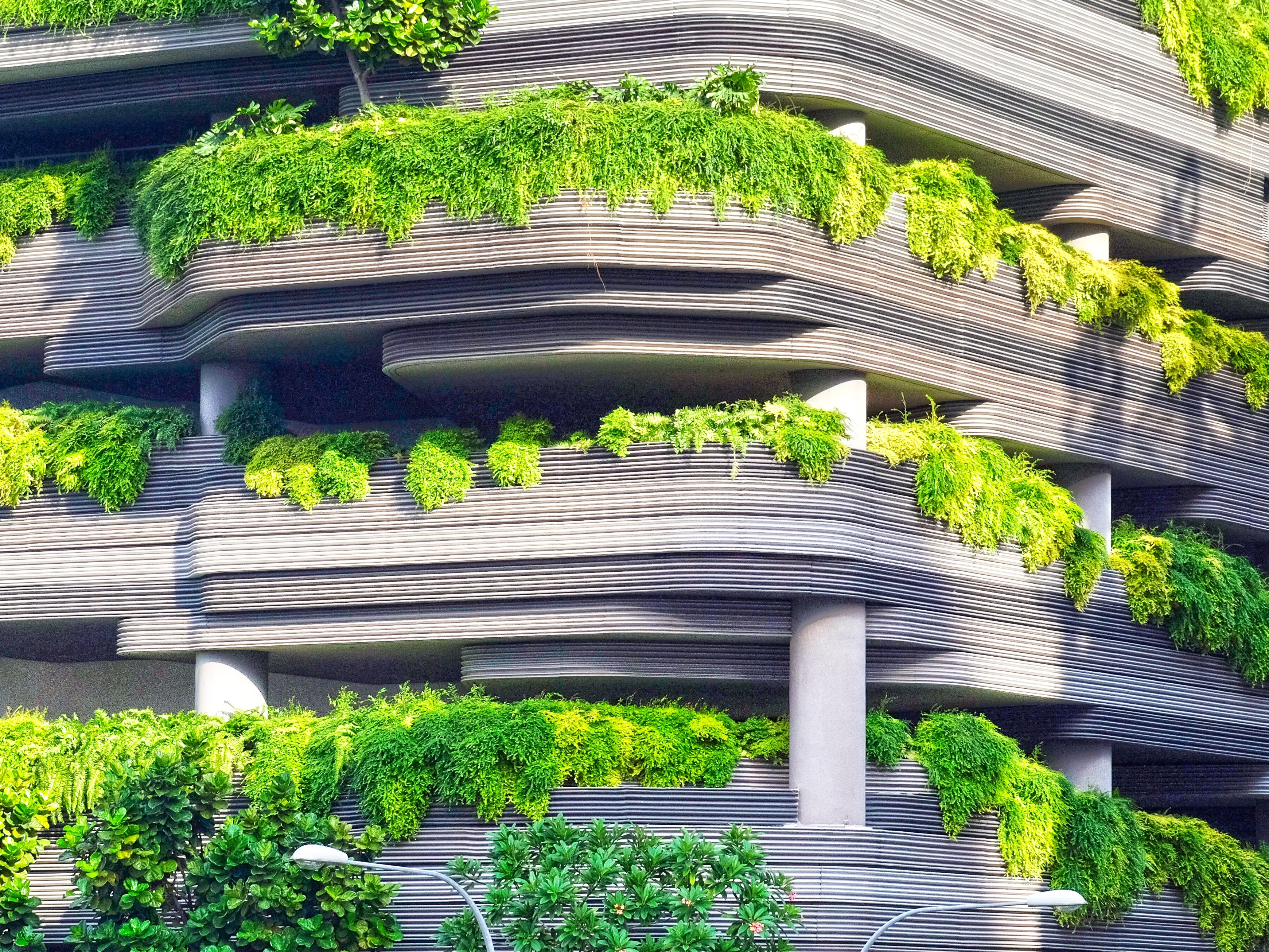Newsletter
Buildings in the United States account for nearly half of the national energy use and greenhouse gas emissions.
In response to this reality, more and more building owners and operators are using green building certification programs to optimize and assess the environmental attributes and performance of new construction and existing buildings.
Although comprehensive green building certification programs like WELL and LEED have played a crucial role in fostering healthy building environments for years, today we are shifting the focus to alternative programs that serve very specific needs and industries, and one of them might just be what you need for your upcoming project.
Interested intop building certifications?
BREEAM
BREEAM (the Building Research Establishment Environmental Assessment Method) is an international program that recognizes sustainable buildings and infrastructure projects. First introduced in 1990, the program provides a flexible foundation for green buildings and encourages occupant health and wellbeing from an early stage in a development.
Assessment Area Highlights
BREEAM covers and evaluates the following range of criteria in order to rate a building:

Image via breeam.com
BREEAM In-Use, the standard for existing buildings, is most closely comparable to the well-known LEED for Existing Buildings Operations + Maintenance and focuses on the building’s environmental performance, operations & maintenance, and management of the tenants. Interestingly enough, not all three criteria are required — one, two, or all three of these parts can be chosen to measure performance of a building.
Why choose BREEAM?
Unlike WELL and LEED who focus exclusively on the “Health and Wellbeing” category, BREEAM balances the impacts of operations across all 9 categories. Similarly, with no prerequisites to be met, BREEAM is an accessible choice for many. Should you be looking for a cost-effective way to benchmark your building, find solutions to improve operations – and have a means evaluate your building holistically - then BREEAM fits the bill.
Green Globes
Derived from the BREEAM standards, Green Globes is a web-based program for green building guidance and certification that includes an onsite assessment by a third party. Often considered a less rigorous substitute for LEED, Green Globes certification offers to advance the overall environmental performance and sustainability of commercial buildings.
Like LEED, Green Globes has different certification programs for buildings in different phases of their life cycle. There are modules supporting new construction, as well as those for existing facilities like Green Globes Existing Buildings — all with the common goal of providing a guiding principle and assessment system for more sustainably designed buildings.
Assessment Area Highlights
Although each program measures building performance a little differently, Energy and Indoor Environment optimization are two of the criteria that Green Globes places emphasis on across all programs — 30% and 25% of the one thousand allowable points for Green Globes can be achieved in the energy and indoor environment categories, respectively.
-png.png)
Image via thegbi.org
Why choose Green Globes?
Green Globes is a flexible rating system that does not penalize designs when certain credit areas are not applicable. It’s designed to allow building owners and managers to select which sustainability features best fit their building and occupants — if you’re looking for a custom-tailored approach to getting your building certified, then look no further than Green Globes.
UL GREENGUARD
The GreenGuard certification is all about air quality and addresses moisture, airborne volatile organic compounds (VOCs), airborne particulate matter (PM), and other aspects of indoor air quality. The program also provides measures to detect recognized and common sources of indoor air quality problems where they occur, which contribute to the creation of healthier interiors.
Assessment Area Highlights
UL GREENGUARD Certification Program has established test methods and emission limits for the following product groups:
- Building materials, furniture and furnishings
- Electronic equipment
- Cleaning and maintenance products
- Medical devices for breathing gas pathways
Most building materials and furnishings are required to meet allowable emission levels within 7 to 14 days of installation. Other products and processes, including operating electronics and cleaning systems, must meet allowable levels during actual use or the application process.
Why choose GREENGUARD?
If you’re solely interested in enhancing indoor air quality and reducing your occupants’ exposure to chemicals and other pollutants, then GreenGuard will be a good fit for your project.
Once you decide to take a more holistic approach to your building’s overall performance, your GreenGuard certification can contribute to the achievement of points in established green building rating systems, such as LEED, BREEAM, Fitwel and others, and satisfy code or ordinance criteria and meet indoor air quality specific request for proposal (RFP) requirements.
Energy Star
Energy Star is a fairly recognizable certification symbol for appliances, lightbulbs, electronics and other similar products. What’s lesser known is the Energy Star certification for buildings which focuses on measuring a building's energy usage and comparing it to similar buildings.
Energy Star for Buildings includes specifications for Existing Buildings, Commercial New Construction, Industrial Energy Management, and ENERGY STAR for Small Business.
Assessment Area Highlights

Image via building.com
To determine a building's eligibility, Energy Star rates a building's energy efficiency on a scale of 1 to 100, with 100 being the best possible score. The rating represents the building's efficiency in comparison to similar buildings. Thus, a score of 80 indicates that a building is more energy efficient than 80% of similar buildings. To earn an Energy Star certification, a building must score a 75 or better (i.e., be more energy efficient than at least 75% of similar buildings).
Why choose Energy Star?
Energy Star believes that a building can’t be green if it isn’t energy efficient and that no building should define itself as “green” unless it consumes less energy and generates fewer greenhouse gas emissions than average. If you’re of the same opinion, then Energy Star might be a good starting point for your project.
Using Energy Star tools and resources, and Energy Star recognition where available, will ensure that your green properties (whether certified by LEED or another system in the future) are truly energy efficient.
One Step Closer to Getting Green Certified with Air Quality Monitoring
BREEAM, Green Globes, GREENGUARD, and Energy Star - despite having different requirements and catering to different needs/industries, what they have in common is the emphasis on energy efficiency and indoor environment wellness. While energy efficiency and indoor air quality (IAQ) are sometimes viewed as incompatible, there are many strategies that support both ends - one of them being IAQ monitoring.

IAQ monitors, like the Sensedge and Sensedge Mini, are typically used for measuring key indoor air pollutants like volatile organic compounds (VOCs) and airborne particulate matter (PM), which is indeed the right step forward in creating a safe environment for building occupants. Furthermore, by measuring the concentration of harmful pollutants impacting your indoor environment, you can keep tabs on the performance of your HVAC system - which account for 39% of the energy used in commercial buildings - and develop energy-efficient ventilation strategies to cut down on unnecessary costs and run your system more efficiently.
Key Takeaway
When it comes to building certifications, there is no “one size fits all” solution — each project should be evaluated based on its own goals and objectives, and the most beneficial outcome to the owner should be the deciding factor in selecting which green label to pursue.
If you’re curious to dive deeper into how air quality monitoring can help you achieve a green certification, read the case study on our client IWBI to find out how we helped our client IWBI transform its aging NYC office into a healthy workplace.
Kaiterra provides air quality monitors and an IAQ analytics dashboard for healthy buildings and offices, helping workplace leaders and healthy building pioneers assess and improve their indoor air quality. Our indoor air quality monitors like the Sensedge and the Sensedge Mini can be found in many of the world’s most iconic buildings and workplaces, such as the Empire State Building and the Burj Khalifa.






.png?width=200&height=148&name=Menu%20C%20(2).png)

.png?width=307&height=228&name=Menu%20-%20D%20(1).png)
.png)




